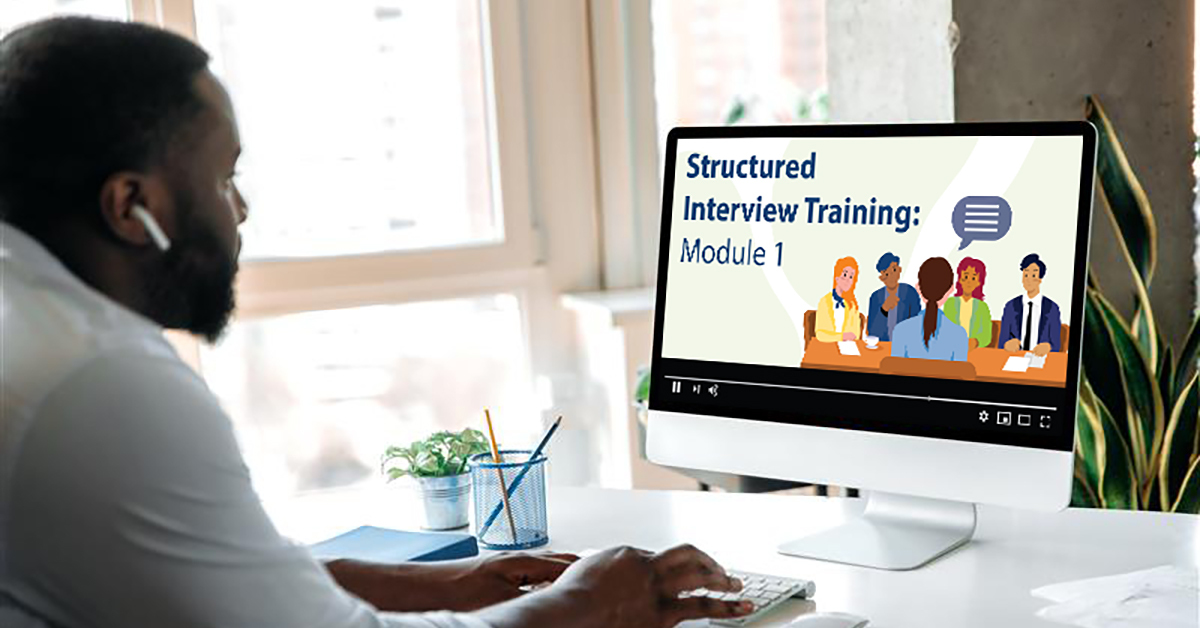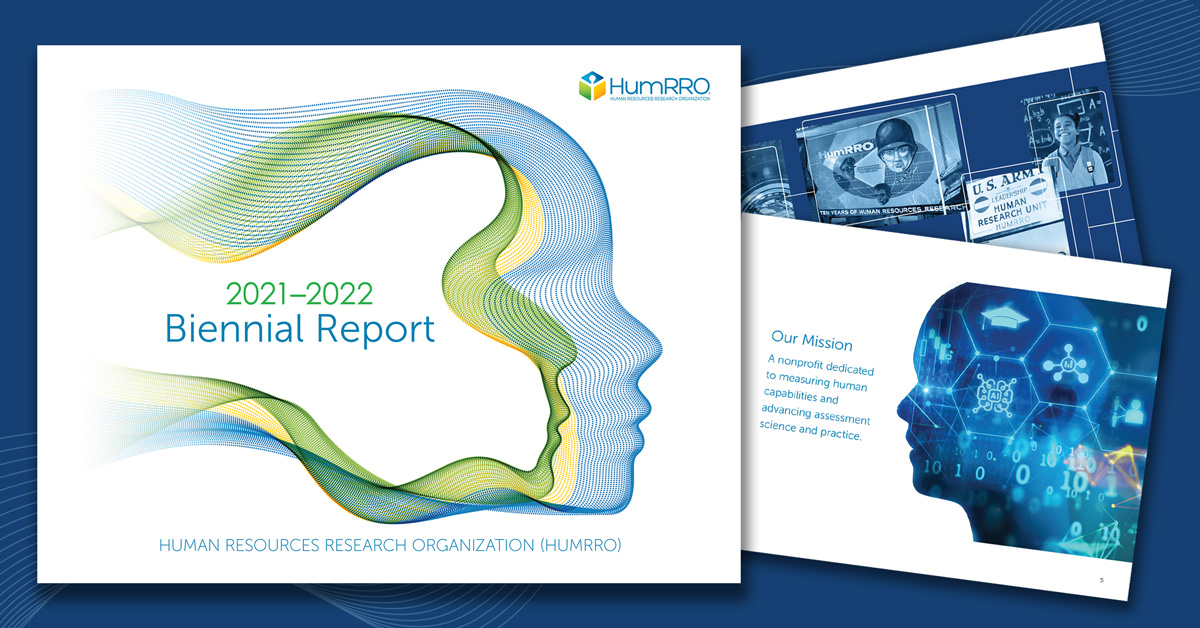The Covid-19 pandemic has changed the way we interact with subject matter experts (SMEs), as we’ve had to transition our in-person workshops and focus groups to virtual settings. Although some things are beginning to, and will continue to, return to “normal,” many clients have recognized the benefits of virtual collaboration in terms of both cost and time savings.
Notably, virtual workshops offer a simpler way to gather a wide range of perspectives, including the international focus many programs seek to help ensure their exam content is applicable to a global audience.
As such, the need for effective virtual collaboration persists, and we must continue adapting—or better yet, redesigning—our activities for virtual environments to capture the valuable input that only SMEs can provide. It’s important to acknowledge that virtual meetings are different from in-person meetings and to treat them as such, designing them intentionally instead of attempting to shoehorn an in-person meeting into a virtual format.
Together, we have worked with thousands of SMEs, most in virtual settings. We put our heads together to come up with our top 10 tips for engaging SMEs in virtual work. While many of these tips apply to any SME workshop or meeting, we have found them to be especially critical in virtual activities.
1. Consider what can and should be done asynchronously versus synchronously.
Have you ever thought to yourself, “this meeting could have been an email”? Of course you have; we all have. The same sentiment applies to having SMEs engage in virtual work. What information can be shared with them via email instead of live meetings? Can they do some of the work on their own to prepare for or follow up on synchronous virtual sessions? As pandemic fatigue wages on, think critically about whether SMEs truly need to gather in a live virtual setting or whether the work can be distributed. Also think about what must be presented in that live session versus what information can be recorded for SMEs to view on demand. It is critical to ensure the format you choose aligns well with the purpose of the workshop.
2. Don’t forget about time zones.
While virtual SME gatherings can provide amazing opportunities to achieve geographically dispersed SME representation without incurring exorbitant travel costs, it can also be challenging to find a time that works for SMEs across time zones—especially when the work is slated to take longer than an hour or two. In cases where available meeting times are hard to come by, it helps to take advantage of a staggered small group design or asynchronous techniques such as the Delphi method to build SME consensus. That said, if the workshop output hinges on SMEs hearing and discussing live a variety of perspectives, then adopting a staggered small group or completely asynchronous design would likely not be suitable.
3. Plan your work and work your plan.
Because it is harder to engage SMEs in a virtual setting yet easier to spot disorganized presenters, adequate and thoughtful planning is even more important for a virtual setting. Create detailed plans well in advance of the SME workshop or meeting, outlining the overall flow of the session as well as specific timing for various activities and breaks. Ensure each facilitator or meeting host is aware of the timing, as well as which activities or sessions they will be leading. Also plan for the unexpected. No matter how much advance planning you do, something will likely go awry, and it’s helpful to have contingency plans in place. For example, set up a delivery back channel and make sure all facilitators have their own copies of any workshop materials. Also discuss with other facilitators what to do in particular situations, such as when technology issues arise.
4. Get social!
It can be more difficult for SMEs to feel comfortable and build rapport in a virtual setting. Log into the meeting early and greet SMEs are they arrive, engaging them in small talk with you, other facilitators, and each other. Playing music at the beginning of the session, as well as during breaks, not only allows you to check out SMEs’ dance moves, but it also helps to boost moods and get SMEs in a positive mental state for participating. Connecting with peers in their field is one of the benefits SMEs have expressed missing most from in-person workshops. Using your webcam and encouraging others to do so, if comfortable, can help simulate an in-person experience and allow everyone to gauge non-verbal communication and reactions. In addition, well-designed ice breaker activities and informal networking opportunities (e.g., inviting SMEs to stay on camera and chat during breaks or lunch) can help SMEs continue to connect with one another. There are a variety of cool online tools and applications to help facilitate these activities and make your workshops more engaging. Trust us—SMEs love a good technology-enhanced ice breaker!
5. Embrace shorter sessions.
It is unrealistic to expect SMEs to commit to an all-day workshop like they may have done when attending in-person. Not only will it be more difficult for SMEs to commit that much sustained time away from their typical day-to-day activities without traveling to an off-site location, it is also extremely difficult to keep SMEs engaged for hours at a time staring at a computer screen. Zoom fatigue is very real. We recommend breaking workshops up into chunks of no more than two to three hours at a time with adequate recovery time between sessions. Also keep in mind what content makes sense to be chunked together and when breaks make the most logical sense to occur. And a note on breaks—be flexible. If SMEs need to step away for a bit, ensure your workshop or activity design can allow for that.
6. Keep it interesting.
Change up activities and meeting modes throughout the SME workshop or meeting. Introducing as much variety as possible into virtual sessions helps keep SMEs interested and engaged. Take advantage of the features of virtual meeting platforms, such as breakout groups, screen sharing, whiteboards, and polls. Try to alternate between lecture-style activities and interactive group work. If you’re finding it exceedingly difficult to integrate rich SME interaction, it should probably be an asynchronous or pre-recorded, on-demand activity. (The “that could have been an email” phenomenon applies here too.)
7. Remember that silence does not equal understanding or agreement.
It can be easy for SMEs to stay muted in workshops and become passive observers. However, it is important to actively solicit participation from all SMEs, ensuring their viewpoints are heard, they understand the purpose of the workshop, and they agree with any decisions that have been made. Intermittent pulse check surveys or quick quizzes for understanding can be helpful ways to encourage participation from all and take remedial actions as needed. For critical issues requiring SME consensus, consider requiring an active form of agreement or acknowledgment, such as a verbal response or a hand-raise or other reaction feature on the platform you are using.
8. Use a co-facilitator.
There are many things to keep track of in virtual meetings and having someone to split the responsibilities with is a huge help. The facilitator not actively presenting can be responsible for monitoring the chat feature and handling technological issues as they arise. Engaging multiple facilitators also changes up the voice and perspective that SMEs are hearing throughout the session. Having more than one facilitator can enable both to attend more to SMEs’ nonverbal behavior, think more critically about SME input, and formulate thoughtful questions. Lastly, co-facilitators are also able to model the level of interactivity and discussion they are hoping to foster among SMEs.
9. Set clear expectations for timing and effort.
Make sure SMEs have a good sense of what exactly will be required of them throughout the duration of the workshop, in terms of both time and effort. For example, while a benefit of virtual workshops is that you may be able to ask SMEs to complete additional tasks offline as “homework,” they should be aware of this ahead of time so that you can avoid SME attrition and dissatisfaction with the experience.
10. Use accessibility features so all SMEs are
fully engaged.
For example, most platforms offer the option to turn on closed captioning and transcription. Because virtual meeting audio can sometimes be spotty or unclear, having the closed captioning and transcription turned on can help you understand and record what SMEs are communicating. Consider what features may be necessary or helpful for your workshop and particular group of SMEs and ensure these are available within your chosen platform.









